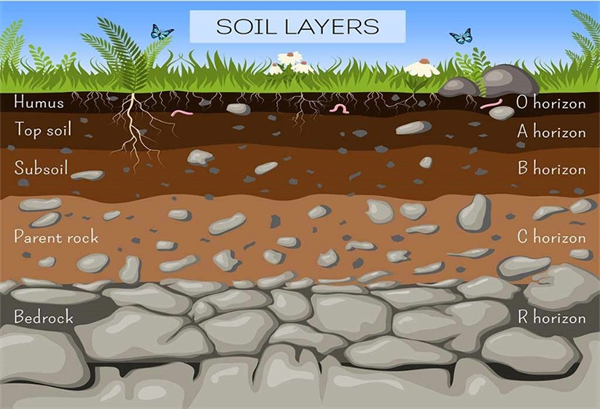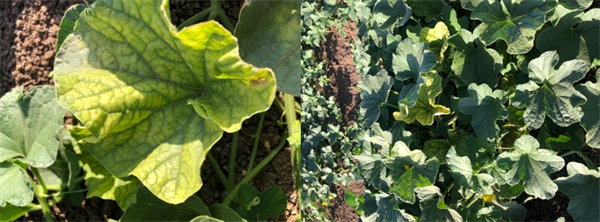-
Jun 26, 2019Pest Status and Economic Losses to Insects in Desert Lettuce
For the past 15 years, the UA Vegetable IPM Team has annually surveyed PCAs and growers to document insect pest activity, economic costs of insect management and insecticide usage in Arizona lettuce through interactive workshops held each spring. The information collected during these workshops can be very useful to the lettuce industry by providing information that can be used for addressing state and federal regulatory issues, prioritize research and educational activities, and translate the PCA’s activities into economic terms for their growers. In a recent VegIPM update (Vol 10, No.12, Jun 12), we discussed interesting trends in insecticide usage on desert lettuce based on the results of these workshops that can be found at Insecticide Usage on Desert Lettuce, 2018-19. Just recently we summarized the remaining data collected in the workshop surveys. Summarized over the past fifteen-years (2005-2019), the survey data provides “real world” information on the pest status of key insect species, economics of insect management, and estimates of yield losses in lettuce. A quick analysis of the summary clearly indicates that insect management in desert lettuce is effective, very intensive, and can be expensive. Specifically, surveys completed by PCAs represented a large proportion of the lettuce acres grown in the Yuma, and neighboring Bard/Winterhaven growing areas. Not surprising, the surveys showed that annually 100% of the acres are scouted for desert lettuce pests and lettuce fields are visited ~4 times per week. In terms of pest status, the Lepidoptera larvae complex (beet armyworm/ cabbage looper/corn earworm), western flower thrips, aphids and seedling, soil pests represent the most economically important insects attacking desert lettuce crops based on treated acres, numbers of spray applications, and yield losses associated with each pest. In terms of yield losses, average estimated loss from any one pest never exceeded 1% in either fall or spring lettuce. Given the unpredictable insect pressure experienced each season, PCAs should be commended on their capability of maintaining insect losses to such low levels over a 15-year period. However, it is important to note that this was accomplished largely by the considerable expense and time invested by PCAs in scouting for these pests, and certainly by the significant investment in insecticides and application costs used each season to prevent these key pests from causing economic damage to lettuce crops. For the 2019 season, data indicated that insect pressure was quite variable on fall lettuce, but aphid and Lygus pressure were clearly above average on spring lettuce. Bottom line: IPM in desert lettuce crops is effective, but at a cost. As my high school Economics teacher used to say: TANSTAFL (There ain’t no such thing as a free lunch). For a copy of the complete, summarized report go to: Insect Losses and Management on Desert Lettuce: A 15-Year Summary.
Can you Name the INSECT below?
 To contact John Palumbo go to: jpalumbo@ag.Arizona.edu
To contact John Palumbo go to: jpalumbo@ag.Arizona.edu



















